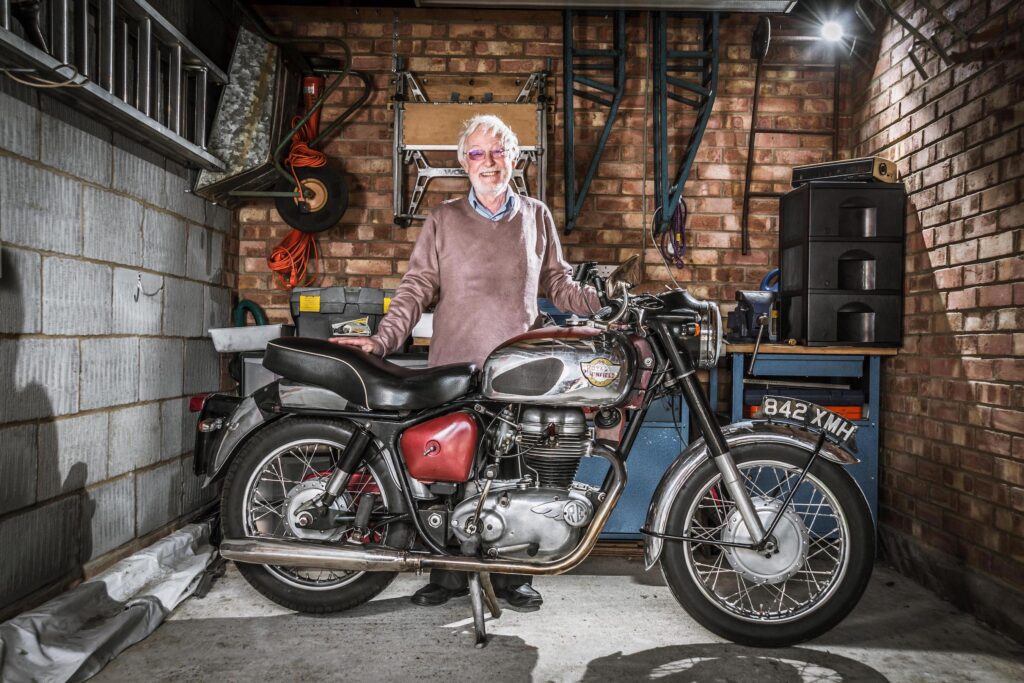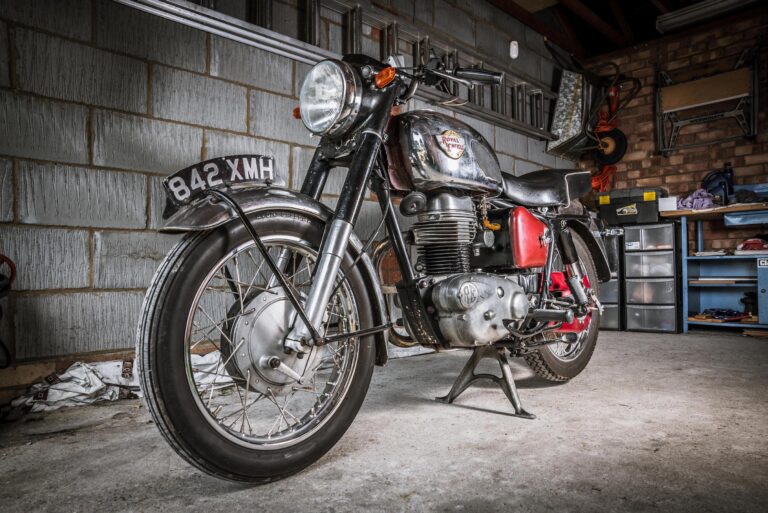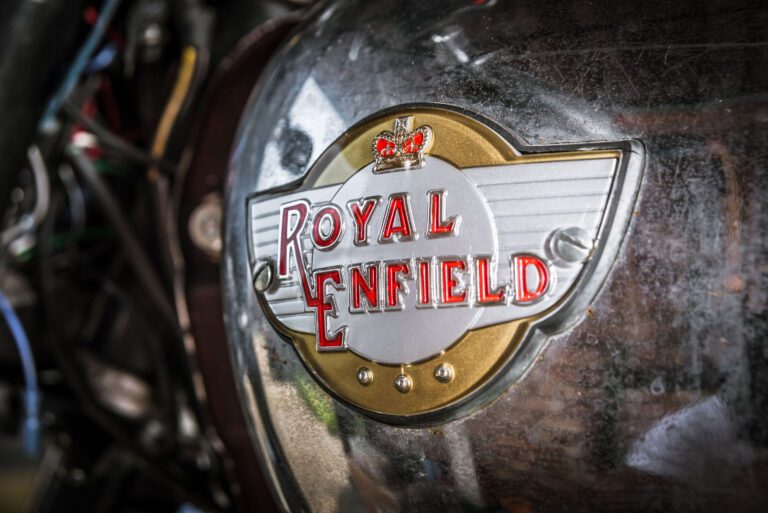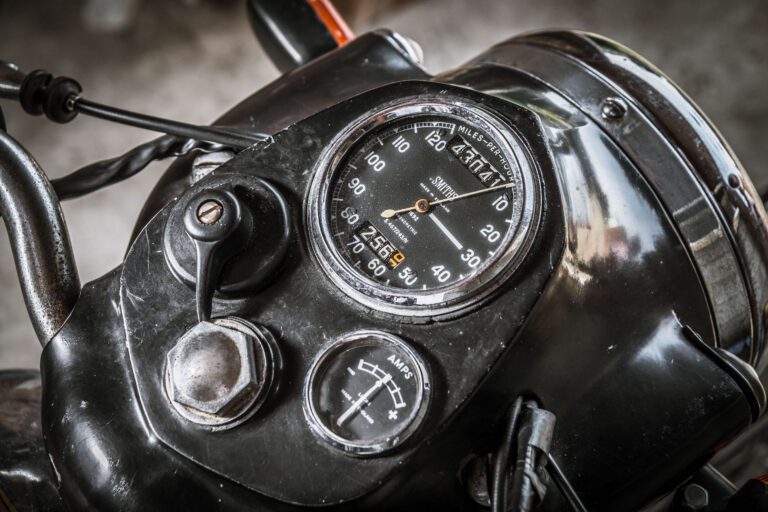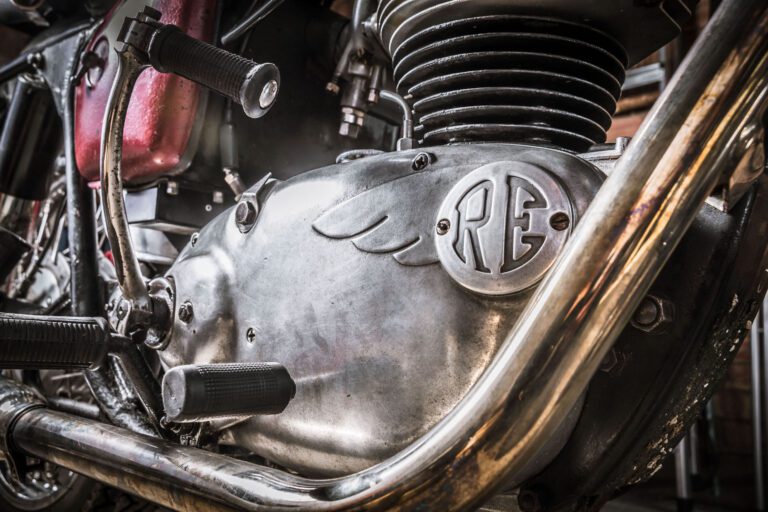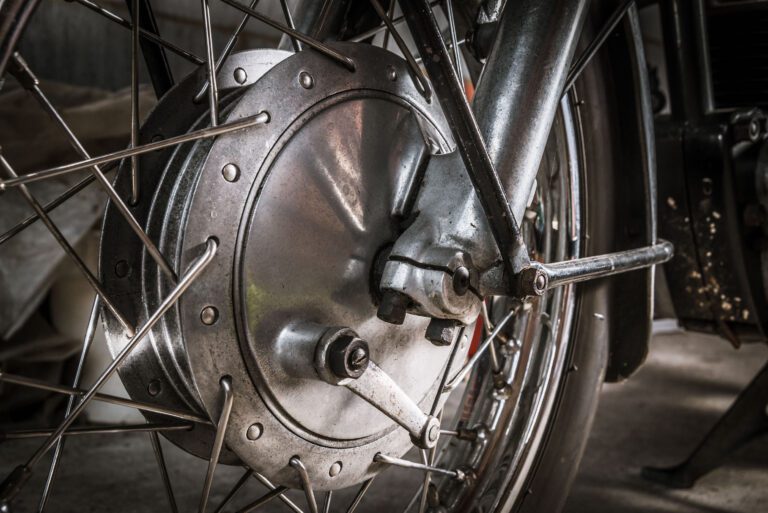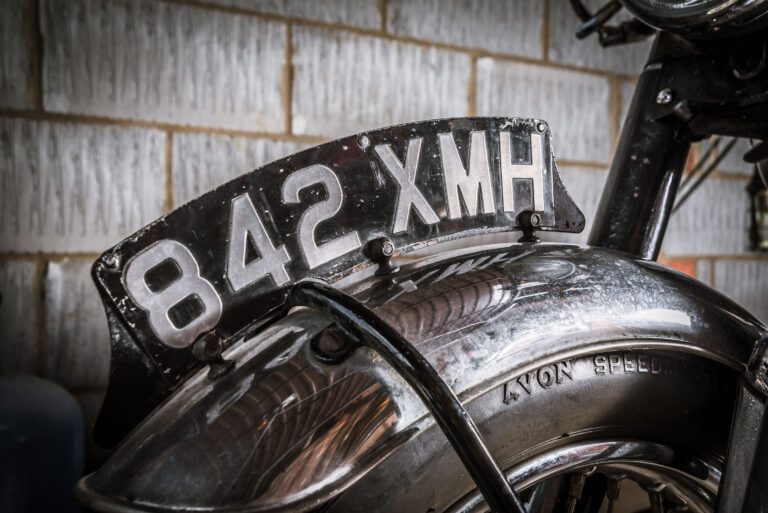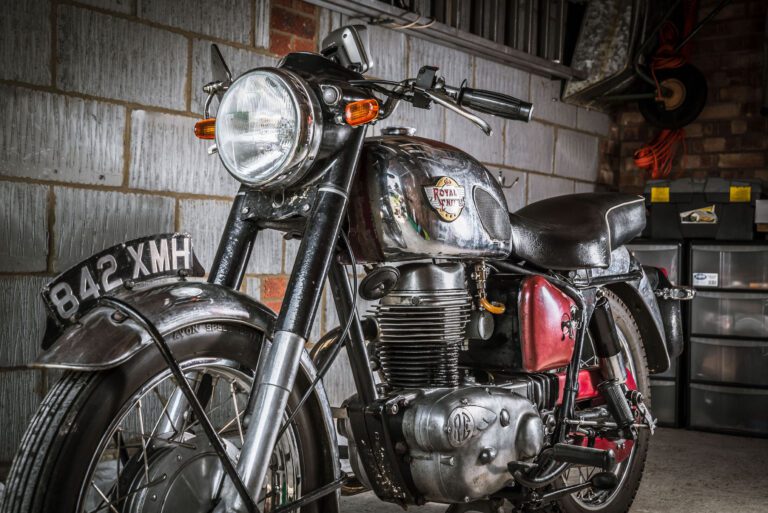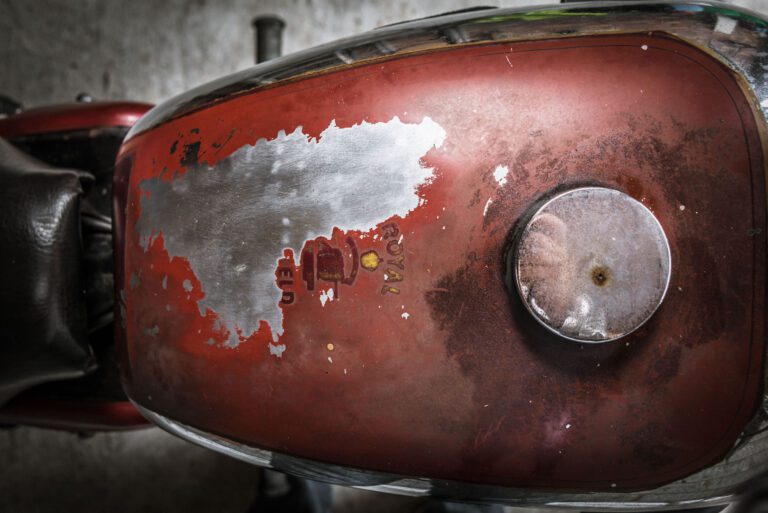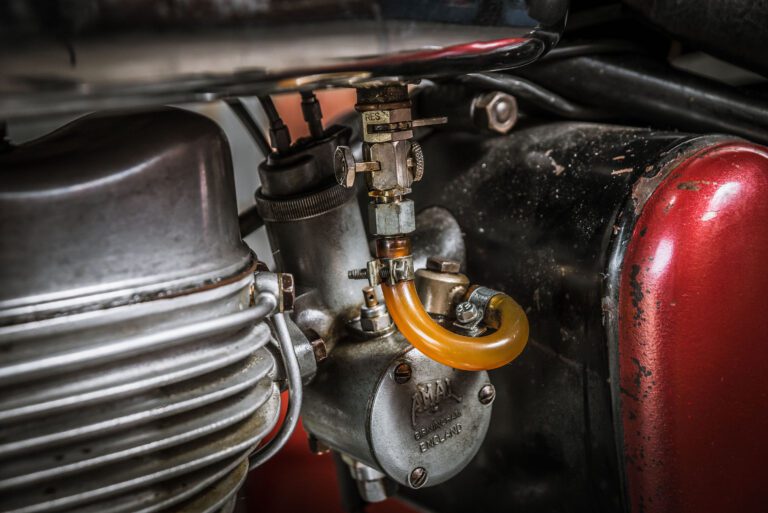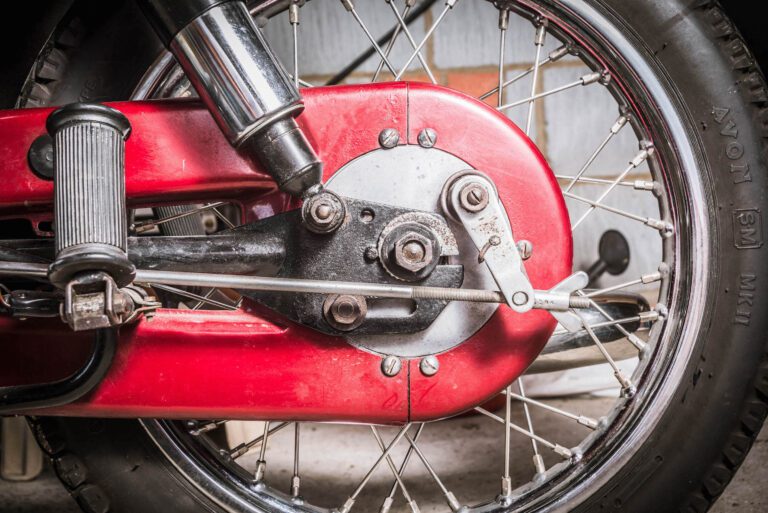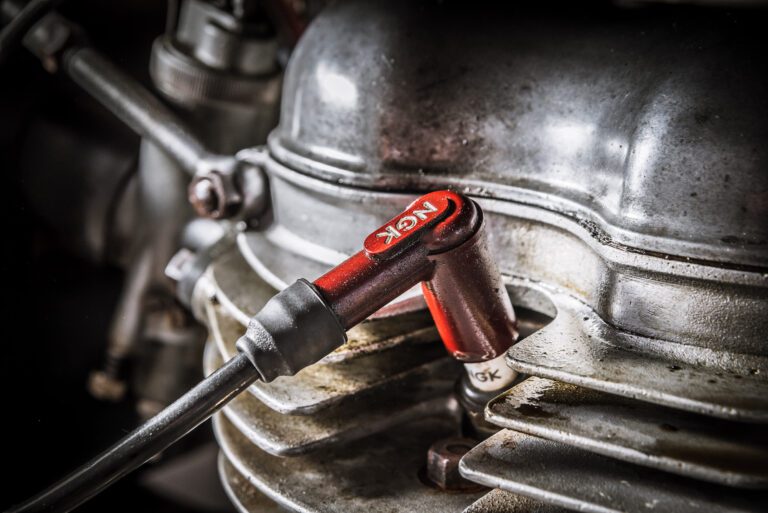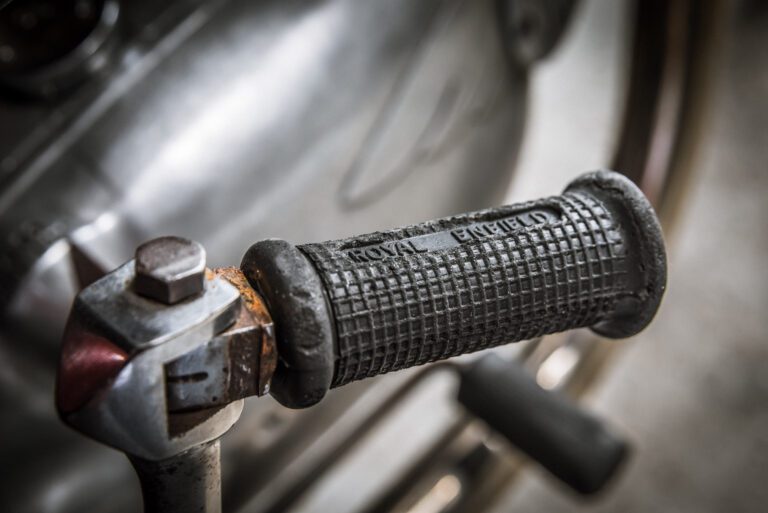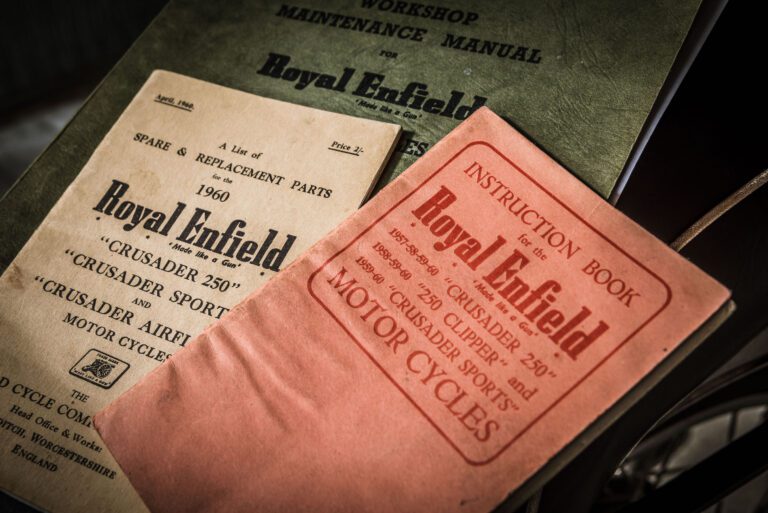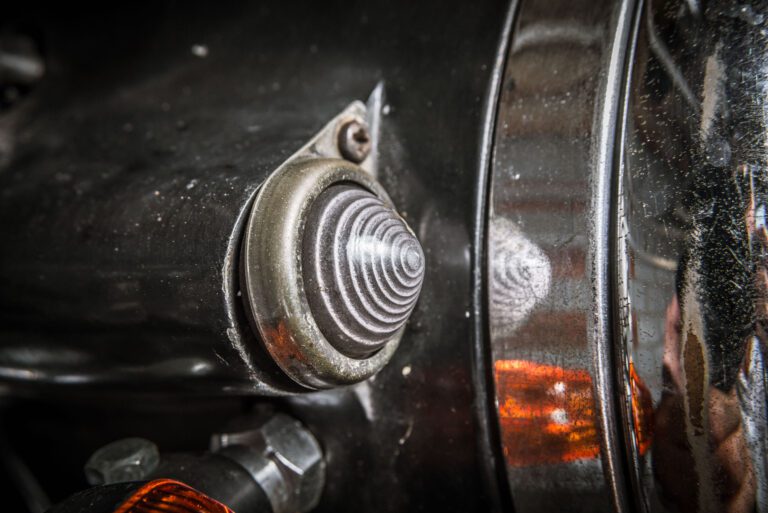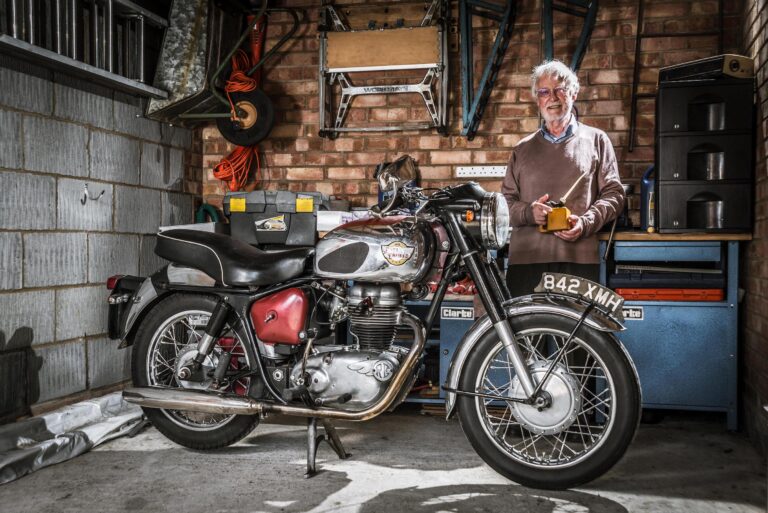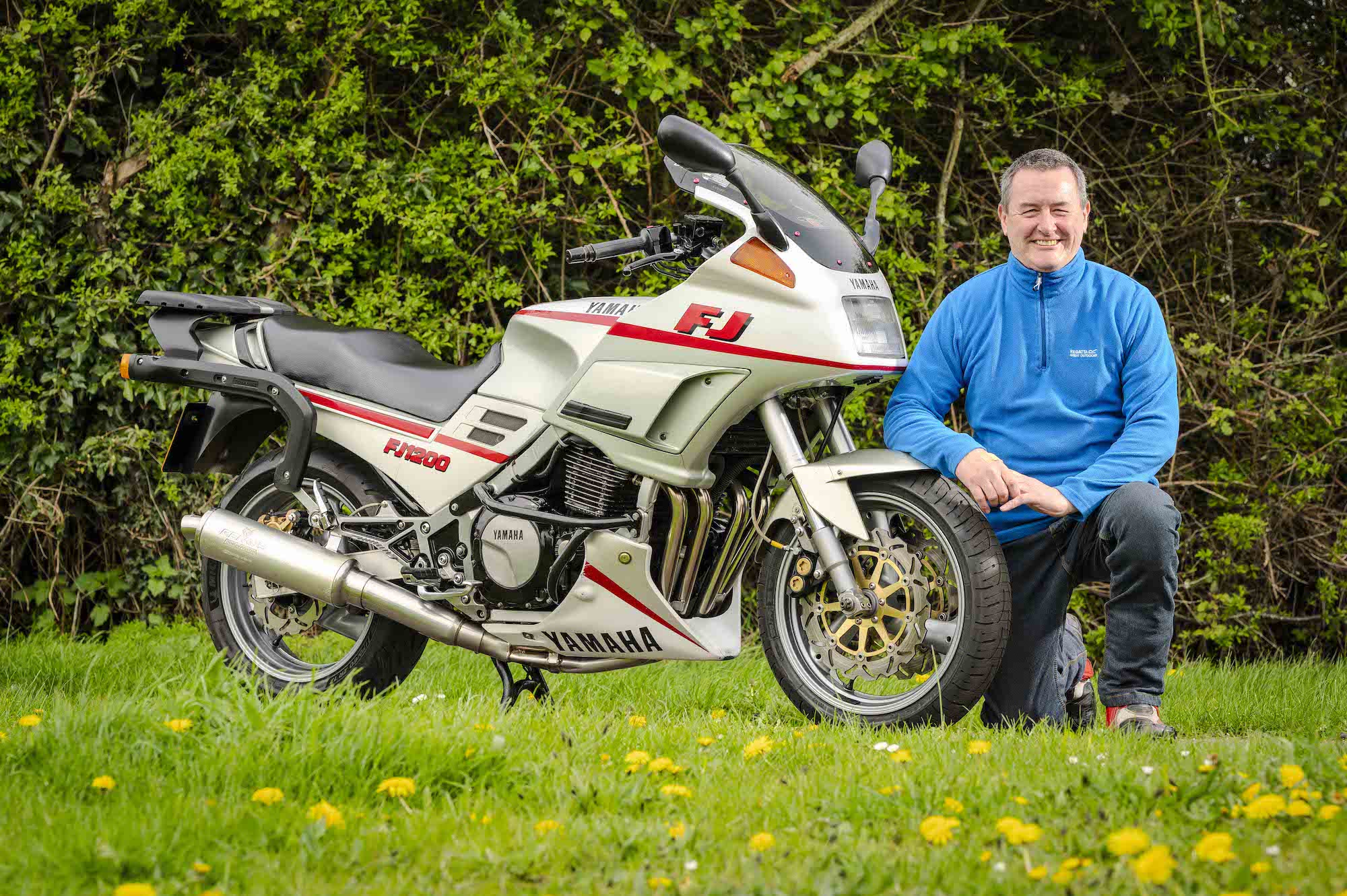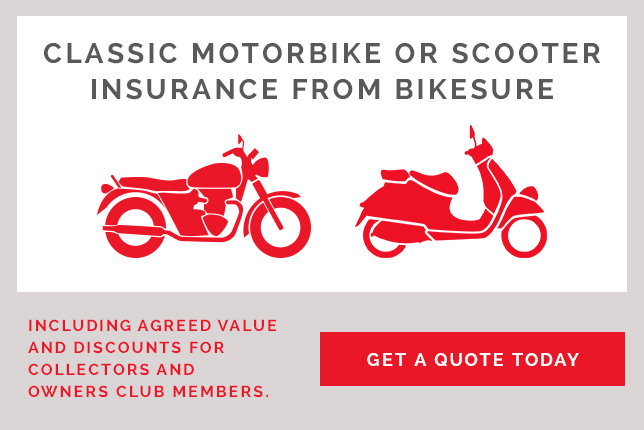When Royal Enfield designed the 250cc Crusader Sports, they might just have had Chris Cobbold in mind.
Because while a whole array of bikes have come and gone in the 77-year-old from Suffolk’s long riding life, one has remained a constant for a staggering 58 years – and counting.
Chris bought the bike new in 1959 for £212 and, 150,000 miles and four major rebuilds later, the Enfield stands alone in his garage near Ipswich, testament to the one machine above all others other that he says “suited me down to the ground”.
“It was a very attractive machine in those days, the Sports 250,” he says. “I’m a very small chap, only 5ft 2in, and it’s a jolly good little bike for people like me – it was very easy to handle physically.
Everything about the Crusader Sport fitted Chris
“Everything about it just fitted me. I could, and did, ride many big bikes, it was just a bit more of a challenge. That’s why I kept it – I liked it and it just suited me.”
Chris comes from a family of motorcyclists, and built his own first bike in the era of austerity from assorted pre-war parts at the age of 16.
“Motorcycling was in the blood – my grandfather and father were always that way inclined,” he explains. “I could not wait to get on the road, and I started the hard way by building my own bike.
“It was nothing unusual for us at the time – we had no other choice you see.”
The bike, on which Chris passed his motorcycle test, was powered by a Villiers 196cc Super Sports engine, mated to a BSA three-speed gearbox operated by hand change lever.
“There was no positive stop on the gears and if you pushed it hard you could go straight from first to top,” he says. “I rode that all the way to Lands End.”
Long two-wheeled road trips were nothing new to Chris, who remembers family camping holidays all over the UK before he was old enough to ride himself.
Memories of two-wheeled road trips with family
“My father would ride, with my older brother on pillion, and the rest of us would be in a saloon sidecar, towing a camping trailer – my mother with daughter on her lap and me in the back,” he remembers. “You can’t see much from there – if you look left you see a hedge, right you see the bike, rider and pillion, and forward you see mother’s back.
“We never thought of it as scary, seriously, though I expect we would now. We didn’t wear helmets in the sidecar, which was enclosed, and it was also pre-helmet anyway. I did wear a helmet right from day one when I was riding.”
Once he got his own bike, Chris would ride alongside his father, who had a Vincent 1000cc Black Shadow, on these trips.
Before Chris found his perfect bike in the Enfield, he bought and sold a number of machines after that initial, home-made hybrid.
Among them were his own Vincent 1000, a Tandon 125cc – manufactured in Watford by Indian Devdutt Tandon mostly for export back to his homeland – and a brand new Ariel Square Four.
“I thought that was a heap of rubbish,” he says. “I had had Square Fours before, but the new one was rubbish, a real Friday afternoon job.
The “rubbish” Ariel Square Four led to the Crusader Sport
“It was at the end of the time they produced them, 1959, and by that time we suspected that they had given up. I traded it in and on one occasion going back to the garage I saw it standing there. I had a word with the owner, who confirmed my suspicions that the camshaft was soft. He had to have that re-done. I got fed up with it and got the Enfield.”
The Crusader was one of Royal Enfield’s biggest-selling bikes during the 1950s and 60s, and the hot Sports model – capable of 80mph – featured downswept handlebars, a tuned engine with hotter cams, a larger inlet valve in an aluminium cylinder head, and higher compression.
“They weren’t everybody’s choice, but they did the Enfield 250 right and designed it for the younger market,” says Chris, who worked in technical drawing and design.
“Royal Enfield was a good company with a good reputation and, at the time, in the 1950s, they were making a lot of smaller bikes, right up to the bigger bikes. They were the first people to make the 700cc vertical twin (regarded as the first superbike).”
The basic price was £205, about £4,400 in today’s money, and Chris paid an extra £7 for an enclosed chain case and an air filter.
Taking a trip on the Enfield Crusader Sport 250
“My first trip on the Enfield was to Switzerland. I went with a friend who had an Ariel Leader. My father was based there for part of the war, he knew all about that part of the world and it’s probably one of the reasons we went there,” he says.
“It was nothing unusual to do that. The Enfield was a new bike back then – the latest thing, and the journey was no problem whatsoever, although you obviously can’t compare them with today’s bikes.
“I remember that the Citroen 2CV was everywhere at the time – we passed them going uphill and they passed us going downhill!”
Chris did pass his driving test in an Austin Seven at the age of 17, but cars always came a distant second to bikes.
“I bought it for £25, passed my test in it, got the licence, and then got rid of it for £22. We were motorcyclists – we weren’t car drivers,” he says.
A series of motorcycles followed, including a Triumph 350cc, a Yamaha 1200, a Kawasaki 600, a brand new Honda 750, and two further Hondas, a CBX500 and a CBR400, but none of them lasted the distance and had the same hold on his emotions as the Enfield.
“There was no attachment to those bikes, not in the same way,” says Chris, who remains a member of the Institute of Advanced Motorists and Motorcyclists, and used to train learner motorcyclists having been trained by the DVLA at Cardington.
It comes as no surprise then, that he was never the type to tear around, even on his more powerful machines.
“For me it’s always been about the enjoyment of the road”
“For me it’s always been about the enjoyment of the road. I don’t need to do 100mph to enjoy it – I’m happy doing 50 or 60mph,” he says.
“It’s illegal anyway, but the speed has never really interested me. I didn’t hang about, but I didn’t need a big bike, I never went fast. To me it was a means of getting about that was far easier than car if you’re on your own.”
Of Chris’s three children, only his oldest son, James, has caught the biking bug – but much later in life than his father.
“He’s the only one who has had any interest; he went for one of those five-day crash courses four or five years ago, and his first bike is a Yamaha Thunderace,” he says.
“He never had an interest as a youngster. He’s 5ft 8in and bigger built than me so the Enfield wouldn’t suit him.
“People tend to be much bigger now – the so-called beanstalk generation started after my time with the bikes and they’re not really interested in something low down on the ground.
“So there isn’t too much interest from younger people, they all want modern things. Youngsters these days don’t really know what’s going on inside the bikes – they’re so complex. Things have changed.”
Chris has always done his own maintenance, including the four major engine rebuilds that have kept the bike running sweetly for nearly 60 years.
“It’s very easy to get parts – Hitchcocks in Birmingham have everything,” he says. “It’s actually easier than getting parts for a lot of the Japanese bikes. My bike came out before they changed the valve gear to make it better, but I can still get parts for the pre 59.
“I’ve always kept it taxed and insured, though I can’t ride it now for health reasons. But it’s still up and running.”
So after 61 years of motorcycling, and a series of other bikes passing through his hands over the years, only one faithful machine has stood the test of time.
“I’ve finally finished up just with the Enfield,” says Chris. “I kept it because I’ve always liked it – I’ve never really thought about or tried to sell it. I had nothing to lose – what’s the £200 it cost me?”
When you put it like that, roughly £200 for 58 years and 150,000 miles of riding pleasure is a small price indeed.
Photographs by Simon Finlay.
